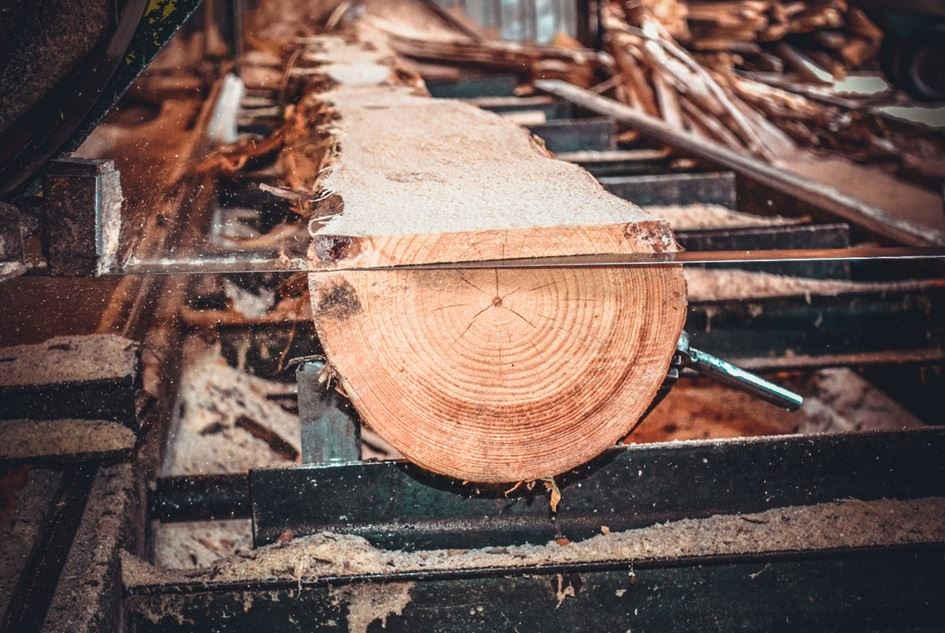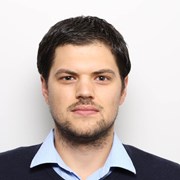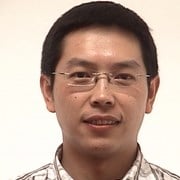The forestry industry plays an important role in reducing CO2 emissions. Biomass is a renewable resource and is considered carbon neutral. When materials and products from the industry are used, they store the carbon that was absorbed by the trees. However, the transportation of raw materials and products contributes to significant carbon emissions. Waste management is also of great importance in reducing environmental impact. The waste can be used to make by-products such as paper or energy, but these are often considered less valuable than the main products based on the timber.
Now, a new EU-funded project is developing a process to turn such low-value by-products into raw materials for high-value products. Specifically, they will convert the carbon in forestry waste into biochar and a protein source for fish feed. This helps to avoid direct carbon emissions by utilizing the carbon to produce high-value and carbon-storing products.
The demand for alternative and more sustainable feed ingredients, such as proteins for the fish feed industry, is increasing. Today, fish feed is typically produced from soybeans, a process that not only requires a lot of energy and leads to significant CO2 emissions, but also results in considerable land use and water consumption. Another common source is wild fish protein, but this resource is highly limited without negatively affecting biodiversity.
– The project represents an important step towards a more sustainable and efficient protein production. By turning waste from the forestry industry into valuable products for the fish feed industry, we contribute to reducing CO2 emissions in both sectors, says researcher at SINTEF, Liang Wang.
The new bio-based process is developed in collaboration with eleven partners from Norway, Sweden, Denmark, and Germany, who are experts throughout the entire value chain. SINTEF Energy and SINTEF Industry contribute their knowledge and expertise in developing innovative, sustainable processes. The consortium is led by WAI Environmental Solutions AS, a Norwegian technology company specializing in bio-based carbon materials.
Bacteria convert carbon into protein
Scientists have shown increased interest in using forest residues and similar raw materials to produce single-cell protein, that is, a protein produced by simple organisms like bacteria and yeast. The goal has been to find a more environmentally friendly way to produce protein, compared to traditional sources. The challenge has been that most of the production has involved bacteria and yeast that grow on carbohydrates, fats, or other organic substances. During these processes, the carbon compounds in the organic materials are broken down, resulting in CO2 emissions.
Now, researchers are taking a different approach, where the protein is produced by bacteria that can convert carbon into single-cell protein. These bacteria have special properties. Some, called hydrogen-oxidizing bacteria (HOB), grow rapidly and produce only water as a by-product. Others, called methane-oxidizing bacteria (MOB), use methane as a source of energy.
– At SINTEF, we will develop a process to convert the gaseous by-product from WAI Environmental Solutions' production process of biochar from sawmill waste primarly into hydrogen, carbon dioxide, and methane. This gas can be used to make single-cell protein for more sustainable fish feed, while avoiding carbon emissions from biochar production, says Jan Hendrik Cloete, researcher at SINTEF.
Benefits for both the climate and the economy
The project will first test the processes in the laboratory before scaling up to a pilot plant, capable of producing 5 kg of single-cell protein and 5 kg of biochar per day.
The goal is that by 2033, with four full-scale plants, the process can recycle 160,000 tons of sawmill waste and produce 86,400 tons of single-cell protein for fish feed each year - a value estimated at 175 million euros.
– The process will capture and utilize almost all CO2 produced, meaning there will be no significant greenhouse gas emissions from the process. For every ton of dried biomass from sawmills that the process uses, we prevent emissions of 1.25 tons single cell of CO2 equivalents, says Jan Hendrik Cloete, adding:
– Compared to the production of fish feed from soybeans, the process is estimated to avoid emissions of 458,000 tons of CO2 equivalents, free up 147 km² of land area, and save 630,700 m³ of fresh water by 2033.
In addition to developing and testing the biotechnological processes, the project will measure the amount of carbon used, assess environmental impacts, and analyze the entire value chain. The project also aims to develop a sustainable business model, where climate and economic benefits will be shared with various stakeholders.
– With the process, WAI Environmental Solutions expects to halve the production and sales prices of single-cell proteins. It is estimated that this could result in savings of 129.6 million euros by 2033 and create 260 jobs. In addition, it will reduce Europe's dependence on imported feed, concludes Jan Hendrik Cloete.



